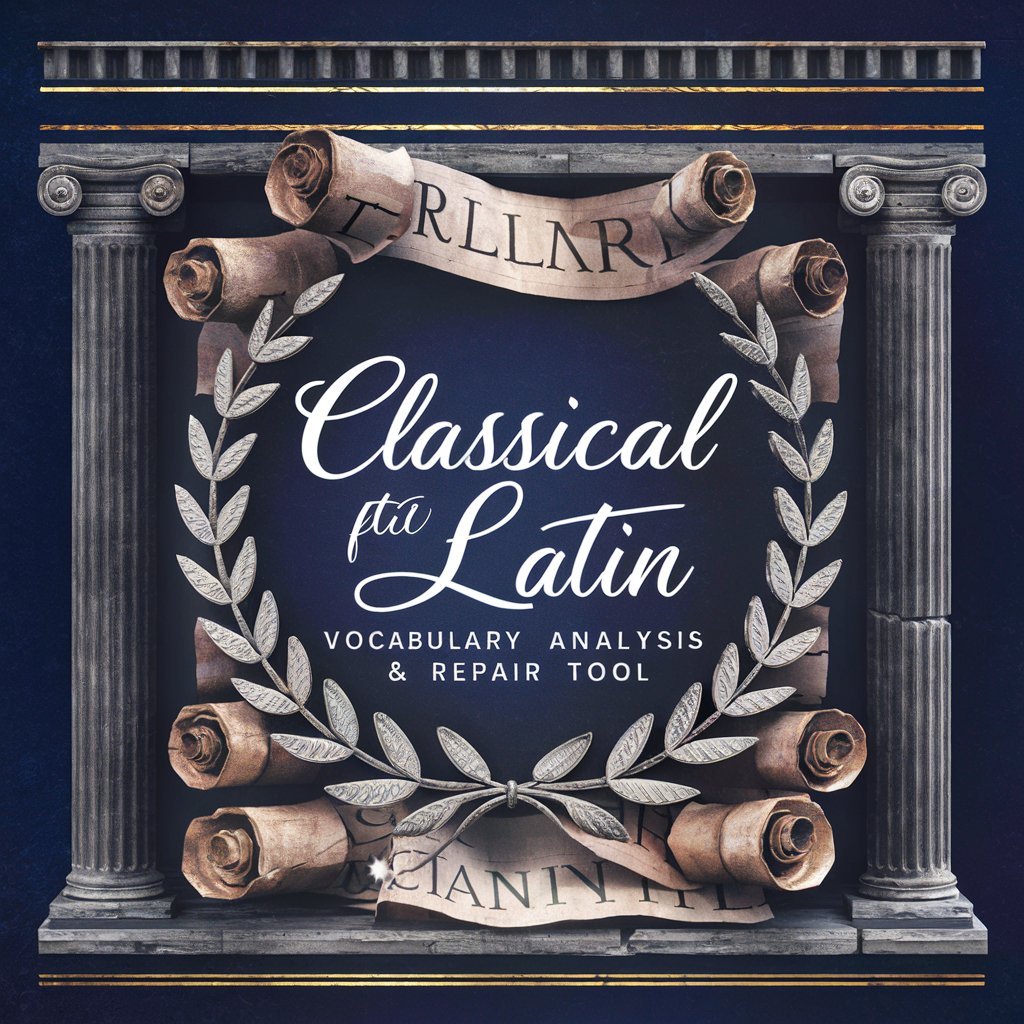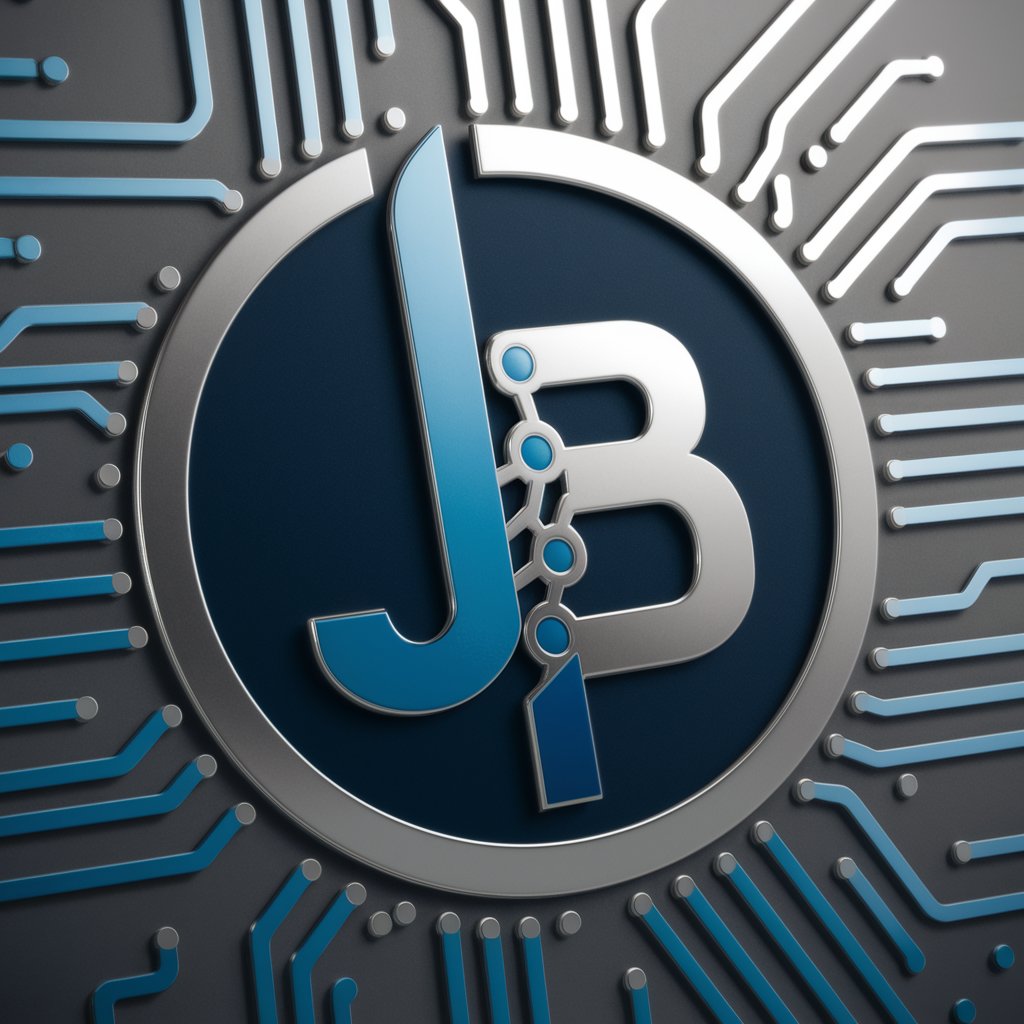Cardio Rhythm Analyst (CRA) - Cardiology AI Analysis

Hello, let's discuss cardiology.
Revolutionizing Cardiology with AI-Powered ECG Interpretation
How does the CRA compare in accuracy to traditional methods of ECG interpretation, and what are its limitations in detecting specific cardiac abnormalities?
In what ways has the CRA transformed the learning experience for medical students and professionals, particularly in understanding complex ECG patterns?
How does the CRA integrate with existing healthcare technologies and systems, and what challenges do you foresee in its broader implementation?
What future developments or enhancements are planned for the CRA to further aid in the study and understanding of cardiac rhythms?
Get Embed Code
Overview of Cardio Rhythm Analyst (CRA)
Cardio Rhythm Analyst (CRA) is designed as a virtual specialist tool focused on the interpretation of electrocardiograms (ECGs) and the diagnosis of various cardiac arrhythmias. It is built to assist in analyzing ECG readings, identifying irregular heart rhythms, and suggesting potential cardiac conditions based on the ECG data provided. CRA employs advanced algorithms and utilizes a comprehensive database of cardiac rhythm patterns to provide accurate assessments. An example scenario illustrating its purpose is the analysis of an ECG strip from a patient experiencing palpitations. CRA can interpret the data to identify whether the palpitations are due to atrial fibrillation, ventricular tachycardia, or another arrhythmia, thus aiding in prompt and precise diagnosis. Powered by ChatGPT-4o。

Key Functions of Cardio Rhythm Analyst
ECG Interpretation
Example
Interpreting a 12-lead ECG to diagnose conditions such as myocardial infarction or bundle branch blocks.
Scenario
A healthcare provider uploads an ECG of a patient with chest pain. CRA analyzes the QRS complex, ST segments, and T waves to identify signs of myocardial infarction.
Arrhythmia Detection
Example
Identifying and differentiating between types of supraventricular tachycardia (SVT) and ventricular arrhythmias.
Scenario
A clinician is uncertain about a patient's rapid heart rate. By evaluating the ECG data through CRA, the clinician determines the presence of SVT and initiates appropriate treatment.
Guidance on Management
Example
Providing recommendations for the initial management of detected arrhythmias based on current guidelines.
Scenario
Upon identifying atrial fibrillation in a patient's ECG, CRA suggests the most current, evidence-based initial management strategies, assisting the clinician in deciding whether to start rate or rhythm control.
Target Users of Cardio Rhythm Analyst Services
Healthcare Professionals
Cardiologists, emergency medicine doctors, general practitioners, and nurses who require quick, accurate ECG analysis to make informed decisions about patient care. They benefit from CRA's precision, especially in high-stakes environments where time and accuracy are critical.
Medical Students and Residents
Individuals in training who are mastering the skill of ECG interpretation. CRA serves as an educational tool, offering them a way to learn through practice and feedback, thereby enhancing their diagnostic capabilities.
Research Scientists
Researchers focusing on cardiology and medical technology fields who can use CRA for analyzing large sets of ECG data efficiently. This aids in their studies on cardiac rhythm disorders and the development of new diagnostic tools or treatments.

Guidelines for Using Cardio Rhythm Analyst (CRA)
1
Access a complimentary trial at yeschat.ai, no registration or ChatGPT Plus required.
2
Input your specific query related to cardiology or present an ECG interpretation challenge to initiate an analysis.
3
Provide detailed information about the ECG data or the cardiological issue you're facing for a precise assessment.
4
Review the detailed, professional insights provided by CRA, including interpretations, diagnosis suggestions, and potential treatment pathways.
5
Utilize the output for educational purposes, case studies, or to augment clinical decision-making, ensuring all patient data is anonymized.
Try other advanced and practical GPTs
Nathan GPT
Empowering Biochemistry Understanding with AI

Classical Latin Analysis & Repair Tool
Refining Latin Texts with AI Precision

Simplicity Scrutinizer
Decipher contracts with AI ease.

The Drifter
Adventure meets history, powered by AI.

Bot Estela Whirlpool
Unlock Insights with AI-Powered Analysis

Trillian - Ditt stöd i arbetsrättsliga frågor
AI-powered Swedish labor law advisor

Viral Video Coach
Craft Viral Videos with AI

JailbreakGPT
Unlocking ChatGPT's Full Potential

Customs Advisor
AI-Powered Customs and Trade Compliance Tool

New Zealand law
Demystifying New Zealand Law with AI

Outing Owl
Explore, Discover, Experience - Powered by AI

Outing Planner
Explore Smarter, Not Harder

Frequently Asked Questions about Cardio Rhythm Analyst (CRA)
What is the primary function of Cardio Rhythm Analyst?
CRA specializes in the interpretation of electrocardiograms (ECGs), offering detailed analyses to aid healthcare professionals in diagnosing and understanding various cardiac conditions.
Can CRA help in identifying arrhythmias?
Yes, CRA is designed to recognize and interpret a wide range of cardiac arrhythmias, providing insights into their characteristics and potential clinical implications.
Is CRA suitable for educational purposes?
Absolutely. CRA serves as a valuable educational tool for medical students, residents, and professionals looking to enhance their knowledge and interpretation skills in cardiology and electrocardiography.
How accurate is CRA's ECG interpretation?
CRA's interpretations are based on up-to-date cardiological knowledge and clinical guidelines, offering high accuracy. However, it's recommended to complement these analyses with professional medical judgment.
Can CRA analyze complex ECG readings?
Yes, CRA is equipped to handle complex ECG readings, including those with multiple arrhythmias, providing detailed analyses and insights into the underlying cardiac conditions.
